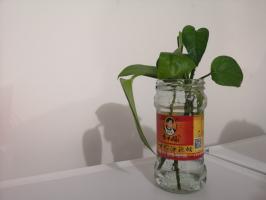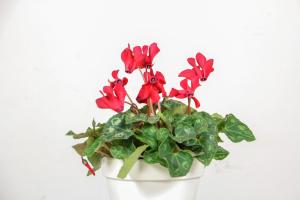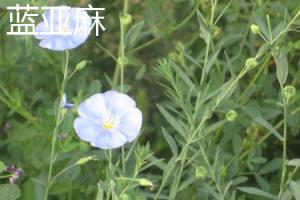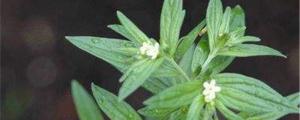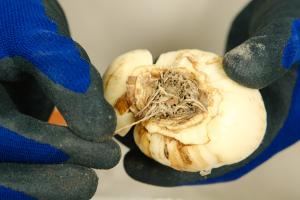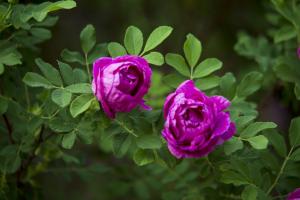Planting Bell Peppers: Best Time and Tips for Texas Gardeners
Bell peppers are a popular vegetable in Texas, thanks to the state's warm climate and long growing season. These colorful and nutritious veggies are easy to grow, and with proper care, you can expect a bountiful harvest throughout the summer and fall. In this article, we'll explore the best time to plant bell peppers in Texas and offer some tips for success.
When to Plant Bell Peppers in Texas
The ideal time to plant bell peppers in Texas is in early spring, around March or April, depending on your location. This period allows the plants to establish strong roots and grow in warmer temperatures. If you're planting in containers, make sure they're at least 12 inches in diameter and have drainage holes to prevent waterlogging. You can move the containers indoors or to a greenhouse if temperatures drop below 55掳F at night.
If you're planting in the ground, choose a sunny spot with well-draining soil that's rich in organic matter. Loosen the soil to a depth of 12 inches and add compost or aged manure before planting. You can also add a slow-release fertilizer to promote healthy growth. Space the plants at least 18 inches apart, and water them thoroughly after planting.
Care and Maintenance Tips for Bell Peppers
Bell peppers require regular watering and fertilization to thrive. Water the plants deeply once a week, or more often during hot, dry weather. Avoid overhead watering, as it can promote fungal diseases. Instead, water directly at the base of the plant. Use a mulch of straw or pine needles around the plants to retain moisture and suppress weeds.
Feed your bell peppers with a balanced fertilizer every four to six weeks during the growing season. You can use a granulated or liquid fertilizer that's high in phosphorus and potassium, but low in nitrogen. Too much nitrogen can promote leafy growth at the expense of fruit production. Fertilize the plants lightly, and never apply fertilizers when the soil is dry or the weather is extremely hot.
Bell peppers are susceptible to several pests and diseases, including aphids, spider mites, fungal diseases, and bacterial wilt. To prevent these problems, use a natural insecticide or fungicide when necessary, or practice crop rotation to avoid planting peppers in the same spot for several years.
Harvesting and Storing Bell Peppers
Bell peppers usually mature in 70 to 90 days after planting, depending on the variety and the weather conditions. You can harvest the peppers when they're green or wait until they turn yellow, orange, or red, depending on your preference. Use a sharp knife or scissors to cut the peppers off the plant, leaving a small stem attached to the fruit.
To store bell peppers, place them in a plastic bag or airtight container in the refrigerator. They'll keep for up to one week. Alternatively, you can freeze the peppers by blanching them for a few minutes in boiling water, then removing the skin and seeds and cutting them into strips or pieces. Store the frozen peppers in a freezer bag or container for up to six months.
Conclusion
Growing bell peppers in Texas can be a rewarding and enjoyable hobby, as long as you follow the right steps and take care of your plants. Remember to plant in early spring, provide plenty of water and fertilizer, and protect your plants from pests and diseases. With a little patience and diligence, you can enjoy a harvest of delicious and nutritious bell peppers all season long.

 how many times do yo...
how many times do yo... how many planted tre...
how many planted tre... how many pine trees ...
how many pine trees ... how many pecan trees...
how many pecan trees... how many plants comp...
how many plants comp... how many plants can ...
how many plants can ... how many plants and ...
how many plants and ... how many pepper plan...
how many pepper plan...